Many of today’s older adults have vanquished the stereotype of mature individuals being limited to activities no more exciting than sitting in a rocking chair. They have tackled the trajectory of aging head-on and sparked a generation of people who engage their minds and bodies with purpose and enthusiasm.
While this era of active older adults continues on a healthy lifestyle path, engaging and educating those who may not have jumped on the fitness bandwagon remains important. Some folks may not have yet realized the benefits of maintaining a daily routine that includes exercise combined with weight training. And it is vital to remember that many are dealing with physical problems like arthritis and balance issues that may limit the scope of exercise they can safely do.
Physical activity and strength training are vital to their daily health regimen. Exercise that builds muscle and gets the blood flowing does not require elaborate equipment or gym memberships. It only requires a commitment to keep moving.
The Benefits of Strength-Training
Let’s start by stating the obvious- our bodies change as we age. Metabolism can slow, muscle mass can decrease, bones can weaken, and we can experience a reduction in mobility, flexibility, and stamina. Without moving every muscle and bending every joint, anyone, including older adults, may be setting themselves up for health issues that can significantly affect their quality of life.
Regular exercise and strength (or resistance) training can help older adults increase the power of their muscles, build their endurance, boost bone density, and improve their overall health. In addition to the physical benefits of incorporating regular exercise, the mental health benefits can’t be ignored. The potentially catastrophic effects of depression, anxiety, and isolation can be minimized or eliminated as exercise is widely known to affect mood and stress levels positively.
Simple Exercises to Do at Home
Again, no equipment is needed other than your body and some effort. A sturdy chair can be helpful for stability and balance. A few easy ways to begin can include:
· Leg and arm raises
· Chair squats
· Marching in place
· Shoulder rolls
· Wall pushes
· Toe lifts
Depending on their age and physical capability, older adults would benefit by engaging in more intensive activities like walking, gentle yoga, and lifting small weights. You don’t even need to purchase fancy dumbbells – exercising arms with a couple of soup cans is effective. Who knew a pantry staple could have a newfound purpose!
Support for Older Adults
Some older adults may worry about adding physical activity as many have a heightened fear of falling and breaking bones. This concern has merit. Suppose they understand that walking, stretching, and a little weightlifting will build strength that can prevent falls. In that case, They may feel more inclined to participate.
Physical activity and strength or resistance training may feel daunting to begin alone. Please show your support and encouragement by joining them. By doing this, you can be assured that they are not only exercising safely but are engaged socially.
Some older adults may not be tech-savvy and do not realize the resources that support healthy, active lifestyles. Some numerous classes and organizations can engage them in physical exercise, as well as other activities that stimulate the mind and body. And those who are more likely to be confined closer to home might need to be introduced to YouTube videos to assist them with their daily fitness efforts.
Growing older is inevitable, but there are myriad ways to stem the tide of aging minds and bodies. By incorporating an exercise practice, older adults - and every single person - can contribute to the prevention of severe health conditions like heart disease, diabetes, osteoporosis, arthritis, and depression. We are living longer, so it is essential to do our part to live better. A healthy lifestyle complete with a nutritious diet, regular exercise, and socialization will help older adults improve their quality of life and reduce some of the detrimental effects of aging.




